THE400 Mini is a fun nostalgia system for those looking to experience vintage computer gaming in a modern way.
Key Takeaways
- THE400 Mini is a nostalgic throwback modeled after the Atari 400 design and mimics some of the functionality of Atari 8-bit computers.
- The console is a half-scale replica of the Atari 400’s look and includes 25 classic games like “M.U.L.E.”, “The Seven Cities of Gold”, and “Asteroids.”
- THE400 Mini offers a taste of vintage gaming with a unique interface, additional customization options, and the ability to add your own games.
Back in 2018, Retro Games Ltd. released THEC64 Mini, a plug-and-play console and computer modeled on one of the best-selling computers of all time, the Commodore 64. That was followed in 2019 by a full-sized THEC64 and THEVIC20, complete with working keyboards, as well as THEA500 Mini in 2022, which miniaturized the popular Commodore Amiga 500. Now, nostalgic Atari 8-bit computer fans get to join in on the fun with THE400 Mini.
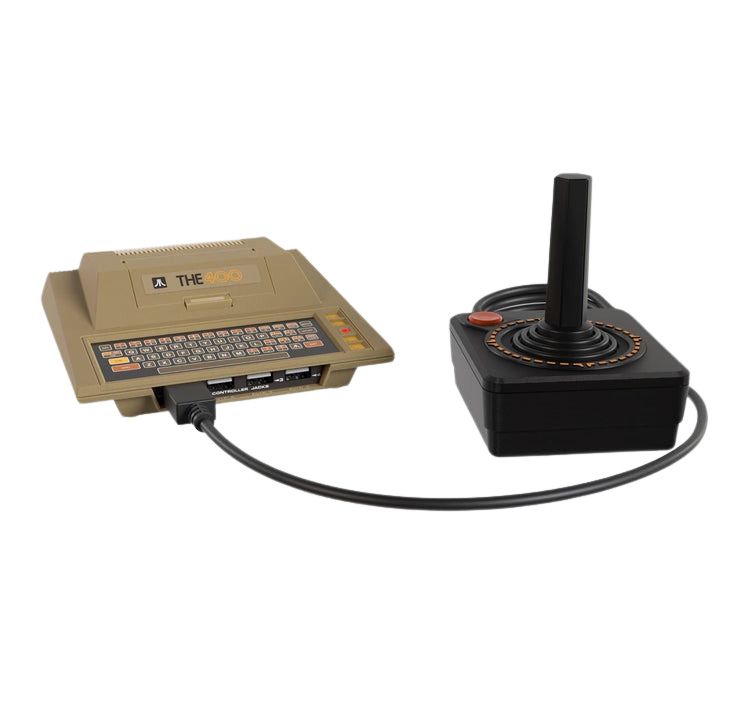
THE400 Mini
THE400 Mini is a plug and play retro game console based on the popular Atari 8-bit computers from the late 1970s and beyond.
- Resolution
- ۱,۲۸۰ x 720
- Built-in Games
- ۲۵
- Compatiblity
- Atari 8-bit computers, Atari 5200 console
- USB-A Ports
- ۵
- Power
- USB-C, 5V/1A
- Easy-to-use
- Authentic-looking mini replica
- ۲۵ built-in games
- Can add more games
- Clever joystick design
- ۲۵ included games may not be for everyone
- Can be picky about USB accessories
- Modern USB keyboard layouts don’t match original Atari layouts
Design: Model Plug-and-Play
Atari launched the Atari 400 and 800 computers back in 1979, eventually releasing a series of relatively minor technical updates with different case designs, including the 1200XL, 600XL, and 800XL in 1983, the 65XE, 800XE, and 130XE in 1985, and the XEGS in 1987. Atari also released a large console, the Atari 5200 SuperSystem, in 1982, that, although not directly compatible, used a similar architecture as the computer line. THE400 Mini emulates the basic functionality of all of these systems but is specifically modeled after the Atari 400 design.
With so many different case designs to choose from and good arguments for each, mimicking the look of the Atari 400 in mini form is somewhat controversial. With that said, the 400 was meant as the entry-level model versus the more professional 800, complete with an initial 8K of memory and an infamous membrane keyboard, targeted more to games and light computing than its more expensive sibling.
THE400 Mini is a wonderful half-scale replica of the Atari 400’s look, from the raised borders on each keyboard key down to the sunken function keys and power indicator light. While THE400 Mini makes a great display piece, it’s of course, much more than that.
Included in the box are THE400 Mini, THECXSTICK USB joystick, 6-foot HDMI cable, 6-foot USB-C to USB-A cable power cable, and a quick start guide. THE400 Mini can be powered from any standard USB-A port or power adapter that provides at least 5V/1A.
On the rear of THE400 Mini is a USB-A port, HDMI port, USB-C port, and power button. On the front are four additional USB-A ports. The five USB-A ports support additional controllers, memory sticks, and keyboards. Most games only support one or two players, but one of the games, “M.U.L.E.,” supports up to four players at once.
Interface and Software: Retro, but Modern
Since THE400 Mini is meant as a plug-and-play device, all functions are controlled via the included THECXSTICK. It’s modeled after the original single-button Atari 2600 joystick, but updated with some new features.
Besides the eight-way joystick and single fire button, THECXSTICK adds a shoulder button towards the front right, menu, and home buttons on the front, and a four-way button ring surrounding the joystick. It’s a clever way to pack needed navigational functions without changing the aesthetics of the classic design.
By pressing the menu, shoulder, and left or right ring buttons, you can switch THECXSTICK between right- or left-handed operation, respectively, with the fire button in the upper left for the former and in the upper right for the latter. Regardless of the orientation, the joystick’s menu functions remain unchanged.
window.arrayOfGalleries[“article-gallery-1-2057926868″] = ‘” n
- n
n
n
n
n
nn
- n
n
n
n
n
nn
nn
nn
- n
n
n
n
n
n
n
n “‘; window.arrayOfExpandedGalleries[“article-gallery-1-2057926868”] = ‘”n
- n
n
n
n
n
nn
- n
n
n
n
n
nn
nn “‘;
After firing the system up, the game carousel shows the current game title and its box art, game description, and game information icons. These icons show the number of players, favorite stars, and saved game indicators, showing how many, if any, of the four saved game slots are occupied for the selected game. Selecting display options lets you adjust the aspect ratio, enable a CRT scanline effect to make the display look more old school, or choose a different decorative frame for the game carousel. Overall, it’s a well-thought-out menu system that becomes intuitive to control with just a little bit of practice with the included joystick.
THE400 Mini supports FAT32-formatted USB sticks, although I did have to try a few different brands to find one that was properly recognized. When inserting a compatible blank USB stick, a version of the BASIC programming language is installed. Similarly, THE400 Mini didn’t like my wireless Logitech K400r keyboard but had no issues with a wired Razer BlackWidow V3 Pro. Not every key on a modern keyboard maps correctly to the Atari 8-bit keyboard layout, but using the legend on the Mini can provide some clues.
Games and Gameplay: Past Blasts
As with any product like this, getting enough and the right mix of licensed games is always going to be among the biggest challenges. Despite providing the ability to add your own games, it’s what’s built-in that draws the most attention, and, in that regard, THE400 Mini’s ۲۵-game roster, for better or worse, is a mixed bag of game types and genres.
“Asteroids” (1981), “Basketball” (1979), “Battlezone” (1988), “Berzerk” (1983), “Centipede” (1982), “Crystal Castles” (1989), “Millipede” (1984), and “Missile Command” (1981) are solid classic arcade game conversions, with “Basketball,” a game of one-on-one for up to two players, the sole sports titles. “Airball” (1988) and “Boulder Dash” (1984) are considered action puzzle games, with the former notable for its isometric graphics and the latter for its enduring appeal over the decades across multiple platforms.
“Bristles” (1983), “Flip and Flop” (1983), “Hover Bovver” (1984), “O’Riley’s Mine” (1983), and “Wavy Navy” (1983) are straight-up action games. “Encounter!” (1983) and “Star Raiders II” (1987) are first-person vehicle-based sci-fi action games, with the latter originally meant as a “The Last Starfighter” game before being repurposed as the sequel to one of the most influential original Atari 8-bit titles.
“Henry’s House” (1987) and “Miner 2049er” (1982) are platformers, with the latter being quite popular and influential back in the day despite its high difficulty. “Elektraglide” (1985) and “Yoomp!” (2007) are racing games, with the latter an impressive example of continued modern-day development for vintage platforms like the Atari 8-bit. “Capture the Flag” (1983) is a simple 3D maze game for up to two players at once that uses a clever-for-its-time split screen.
While each of those games has its merits and fans, its arguably “Lee” (1984), “M.U.L.E.” (1983), and “The Seven Cities of Gold” (1984) are the biggest stand-outs. “Lee,” sans the original Bruce Lee license, is a multi-screen action platform puzzler that pits the player against a black ninja and green Yamo who try and impede progress. In a unique twist, Yamo can optionally be controlled by a second player to help or hinder Lee.
“M.U.L.E.” is a legendary land-owning, food-growing, mining, and energy-production competitive strategy game for up to four players at once. Sabotaging other players is encouraged.
Finally, there’s “The Seven Cities of Gold,” arguably the most sophisticated game in the set. You take the role of an ambitious conquistador, exploring the New World, or a randomly generated world, as you establish forts and missions, and bring back gold to Spain. Light action sequences help break up the trade and conquest mechanics.
All of the games work well and are generally intelligently mapped to the included joystick. With that said, for certain games, like “Star Raiders II,” it can be difficult to hit some of the secondary in-game functions on the button ring in the heat of the action. Regardless, I had fun with almost all of the included games, and that’s ultimately what matters.
window.arrayOfGalleries[“article-gallery-2-1082059238″] = ‘” n
- n
n
n
n
n
n
nn
- n
n
n
n
n
n
nn
nn
nn
- n
n
n
n
n
n
n
n
n “‘; window.arrayOfExpandedGalleries[“article-gallery-2-1082059238”] = ‘”n
- n
n
n
n
n
n
nn
- n
n
n
n
n
n
nn
nn “‘;
You can add your own Atari 8-bit or Atari 5200 games via USB stick, although this is more for advanced users. While you’re on your own finding additional games, compatible formats include .cas, for Tape, .atr, .atx, .xfd, or .dcm for Disk, .com or .xex for Program, .crt, .rom, .bin. or .c?? for Cartridge, or .m3u for Playlist, the latter of which makes it easier to work with games that originally spanned multiple disks.
Each program you add can have its settings adjusted, allowing you to select the Atari model the system is going to emulate, whether or not BASIC is enabled, and the control type, the latter of which is selectable between Joystick, Paddle, or 5200 joystick. These controls can be mapped to further customize and improve the experience. Similarly, a virtual 5200 keypad, or keyboard, can be surfaced at any time should a USB keyboard, or enough mappable physical buttons, not be available.
Finally, if you don’t like the included THECXSTICK or just want more than one controller and don’t want to use another THECXSTICK, THEJOYSTICK, or THEGAMEPAD, modern Microsoft Xbox, Sony PlayStation, and Nintendo Switch controllers can be used. For instance, I was able to use an ۸BitDo USB Wireless Adapter 2 with an Xbox One controller for a nice wireless option.
Should You Buy the Atari THE400 Mini?
Retro Games Ltd. knows what they’re doing when it comes to designing mass-market nostalgia plays. THE400 Mini from Atari does a great job of making a past platform accessible to those interested in exploring what one of the most popular computer gaming platforms of all time was all about. It gives a great taste of what some of the best 1970s and 1980s gaming was like and shows how deep Atari’s back catalog of systems really is.
Of course, a product like THE400 Mini is not for everyone. The 25 games included are proven titles that, despite generally looking and sounding good for their time, are not anywhere near modern standards. Control and playability are also from a bygone era, requiring some patience at times, particularly for the less action-oriented titles. And trying to do more than just play the included games can be something of a hassle. Nevertheless, for those willing to invest some time beyond just the built-in games, THE400 Mini at $120 gives a good taste of what gaming and computing were like way back when.

THE400 Mini
THE400 Mini is a plug and play retro game console based on the popular Atari 8-bit computers from the late 1970s and beyond.
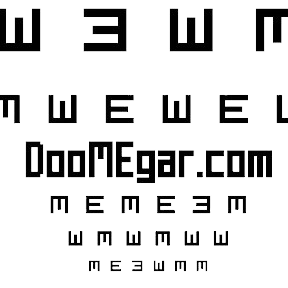
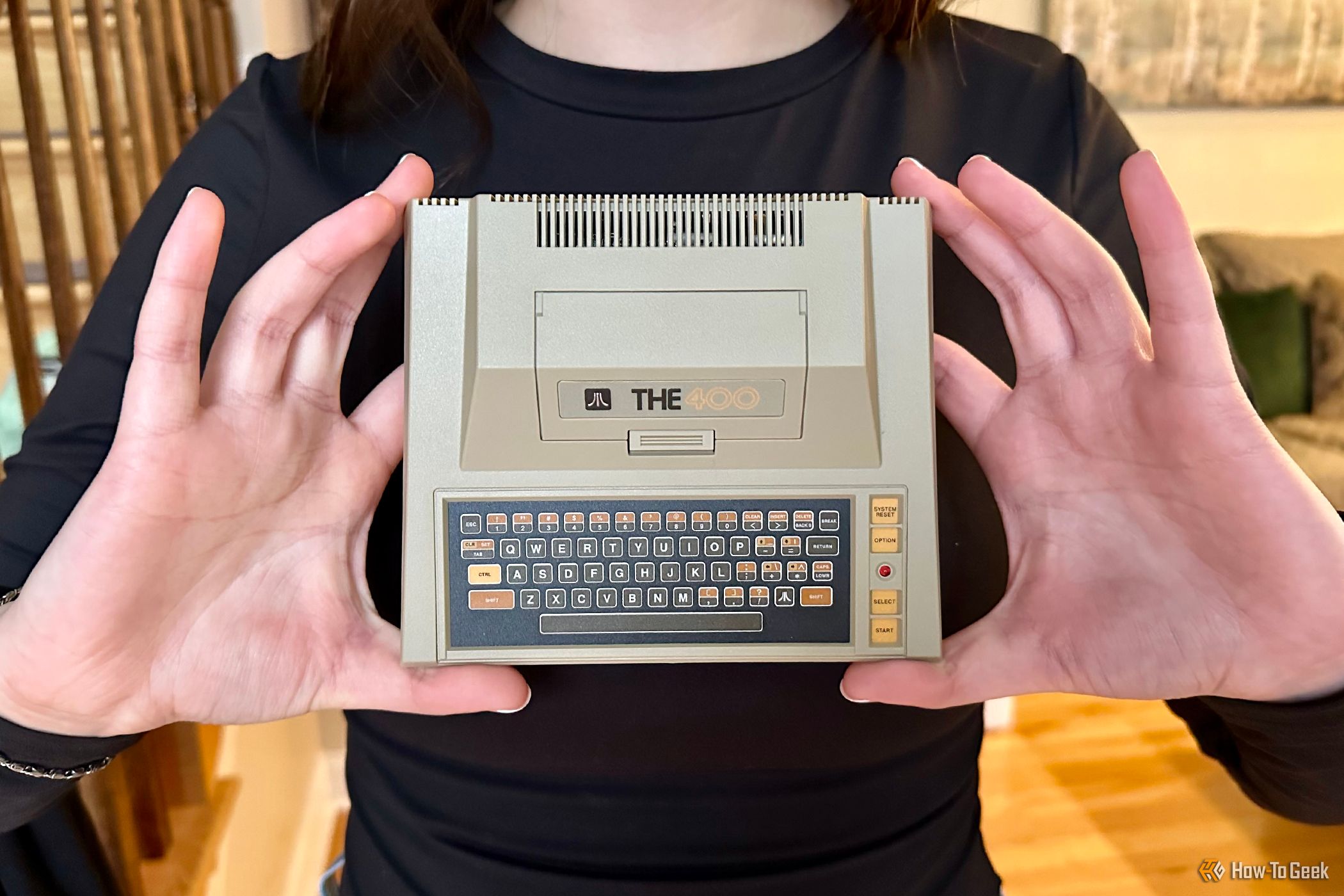
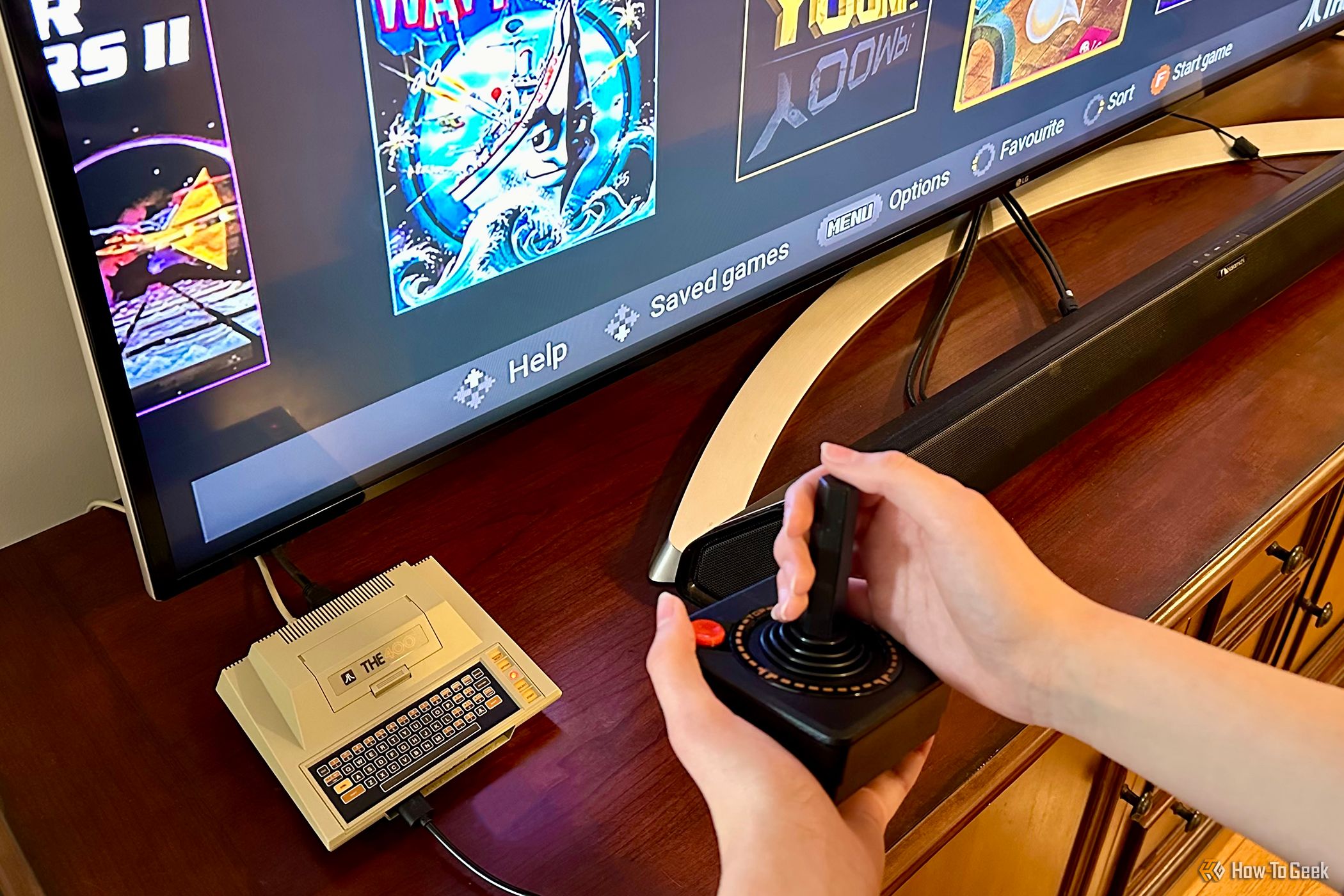
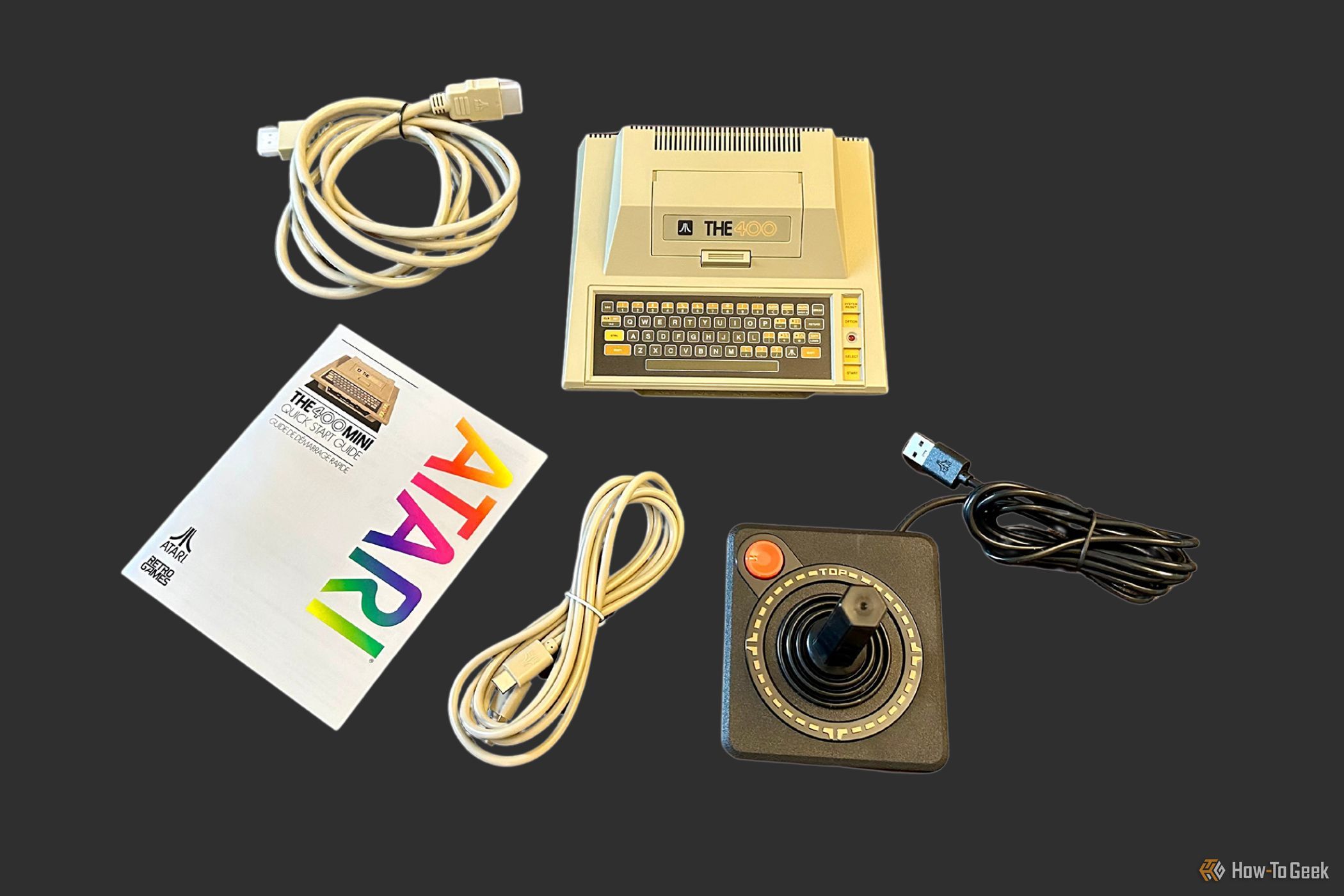
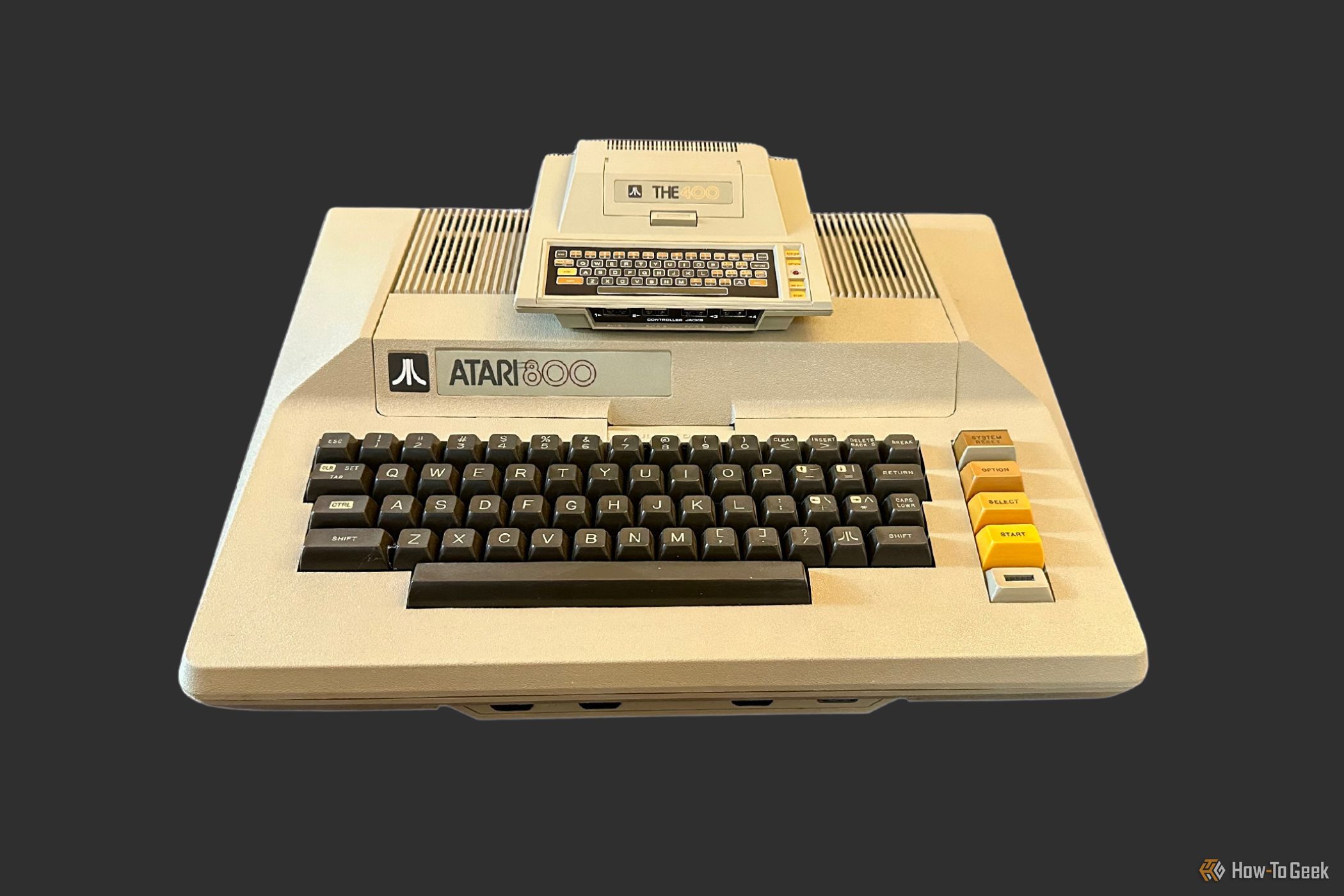
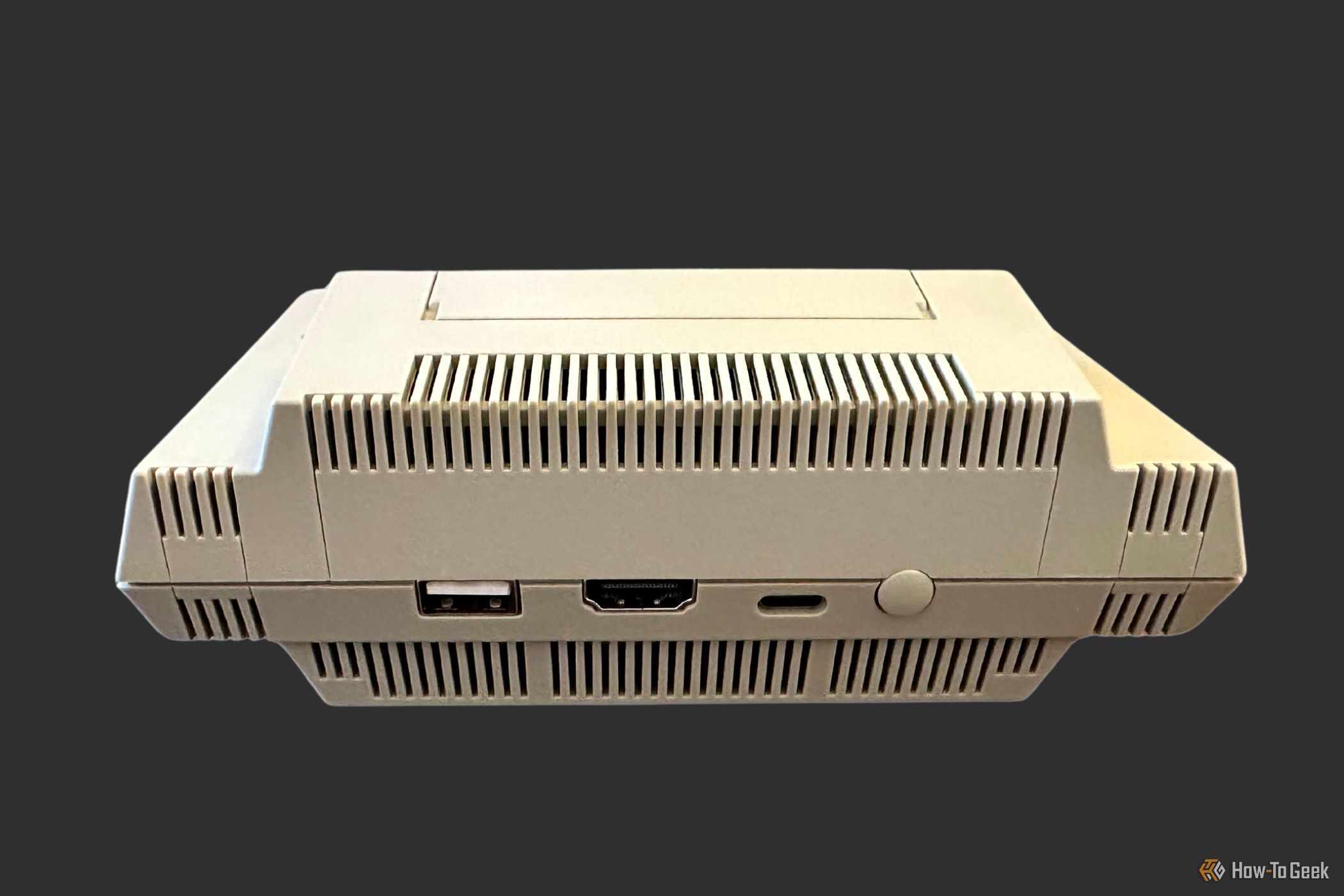
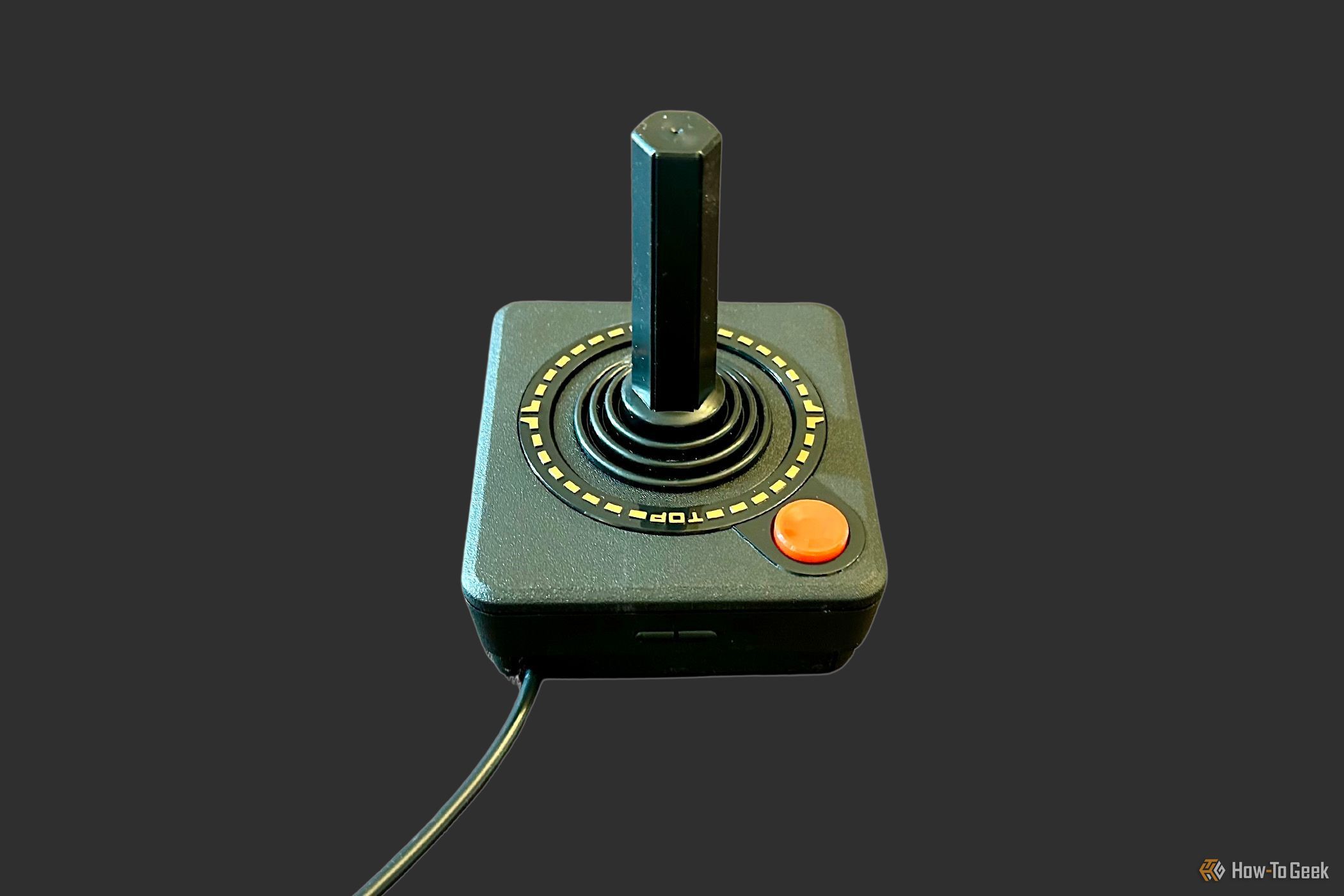
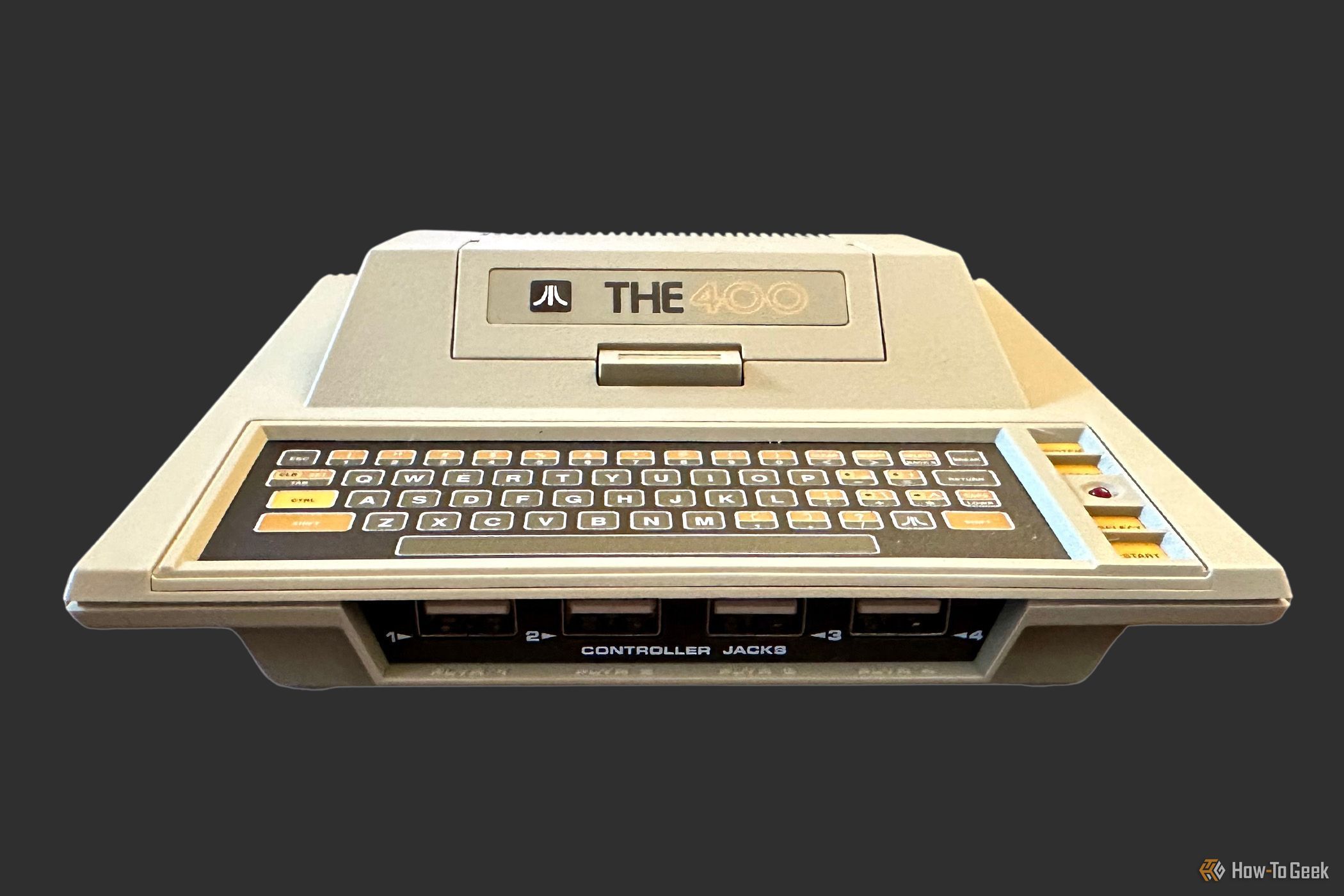
دیدگاهتان را بنویسید